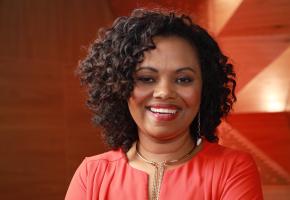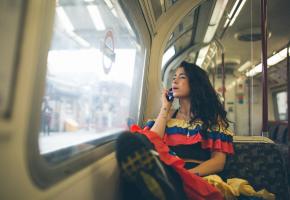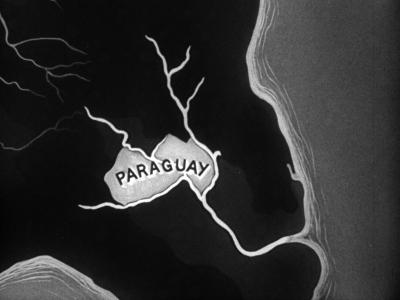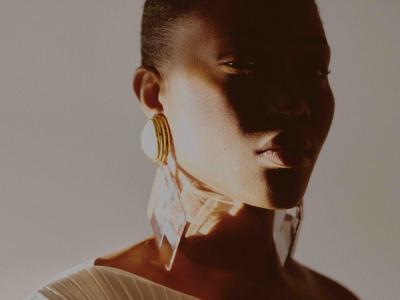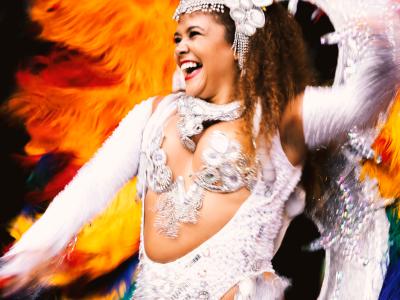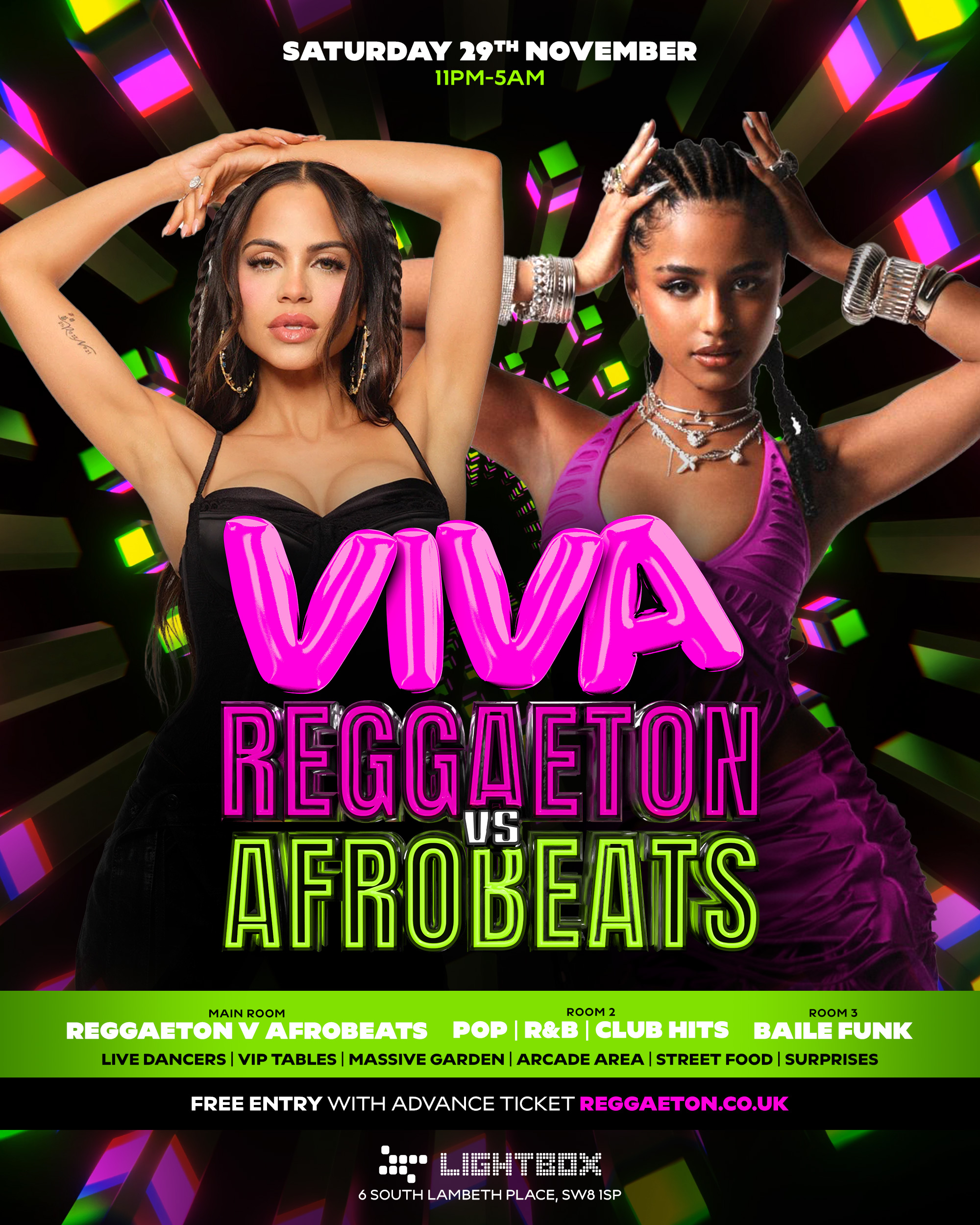1. El Dia de los Muertos is celebrated mainly in Central and Southern Mexico on October 31st, November 1st and 2nd, which coincides with the Catholic holidays of All Soul’s and All Saint’s Day but the Mexican festivities remain mostly cultural instead of religious. The ancient beliefs of honouring the deceased were combined with the Catholic holidays by the indigenous people of Mexico.
2. The tradition of Día de los Muertos is traced all the way back to the Aztec festival created to celebrate the Goddess Mictecacihuatl who is the Queen of the underworld and who watches over the bones of the dead and oversees the celebrations in name of the dead. Nowadays she is called ‘Lady of the Dead’.
3. It is believed that the gates of heaven open on the 31st October at midnight, allowing he spirits of deceased children to come back to Earth to spend 24 hours with their families – these spirits are called angelitos. On the 2nd November it is the turn of the adults to come down and join the festivities.
[[{"type":"media","view_mode":"media_large","fid":"3613","attributes":{"alt":"","class":"media-image","height":"355","typeof":"foaf:Image","width":"540"}}]]
4. Many of the indigenous families spend over 2 months’ salary on decorations in preparation for the holiday because they believe that happy spirits bring good luck, wisdom and protection to the members of their family. Nowadays some people do still spend copious amounts on decorations but others prefer to keep it simple.
5. Decorations are placed in altars called ofrendas – each home has one. They are decorated with candles, flowers, mounds of fruits, plenty of food, pan del muerto, bottles of soda, hot cocoa and water. For the angelitos, toys and sweets are placed on the 1st November and then replaced on the 2nd for cigarettes and mescal for the coming of the adult spirits. Folk art skeletons and sugar skulls are purchased for decoration at open markets.
6. Pan del muerto is a sweet bread roll shaped like a bun and often decorated with bone-shaped phalange pieces. A teardrop is also normally present on the bread to represent the Goddess Chimalma’s tears shed for the living. Bones on the bread are presented in a circle to portray the circle of life.
7. On the 2nd November the festivities are taken to the cemeteries where families clean the tombs, play cards, listen to the village band and reminisce.
[[{"type":"media","view_mode":"media_large","fid":"3614","attributes":{"alt":"","class":"media-image","height":"311","typeof":"foaf:Image","width":"540"}}]]
8. The clay-moulded sugar decoration tradition in Mexico goes back to the Colonial period in the 18th century. There is a competition at the ‘Feria de Alfinique’ in Melepec, Mexico where enormous sugar skulls made in clay moulds used for over 50 years by sugar skull makers who have been doing them for generations.
9. Sugar skulls are meant to represent a departed soul.Those who make sweets for eating and decorating normally begin work 4 to 6 months prior to the holiday to make sure enough merchandise will be available during the festivities.
10. Other countries celebrate their deceased family members; in Brazil it is called Dia de Finados and a national holiday and Brazilians visit cemeteries and churches to pray, in Spain they have parades and at the end of the day families head to the cemeteries to pray for their dead loved ones. Similar rituals and festivities are also seen in Asian and African countries. So wherever you’re from, if you fancy a change to the vampire fangs and witch hats and would rather celebrate something more meaningful, you’re more than welcome to put your own spin on this celebration and get the family together to keep the memory of your loved ones alive.



